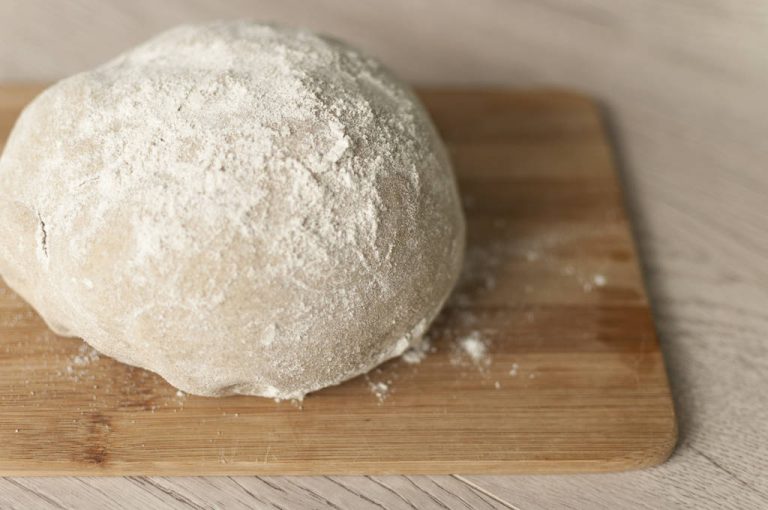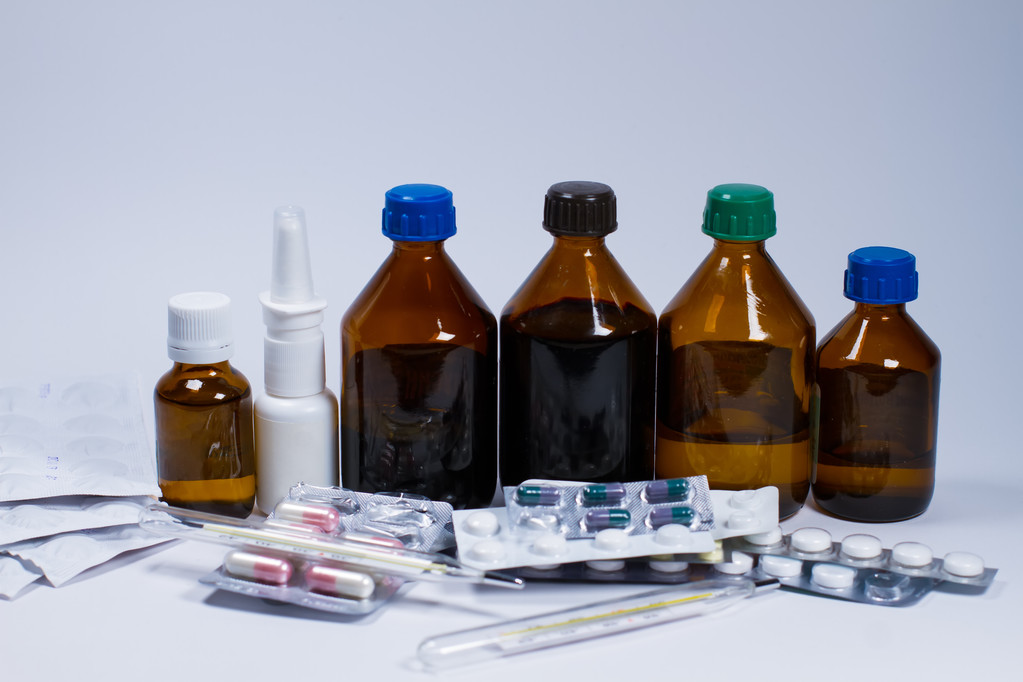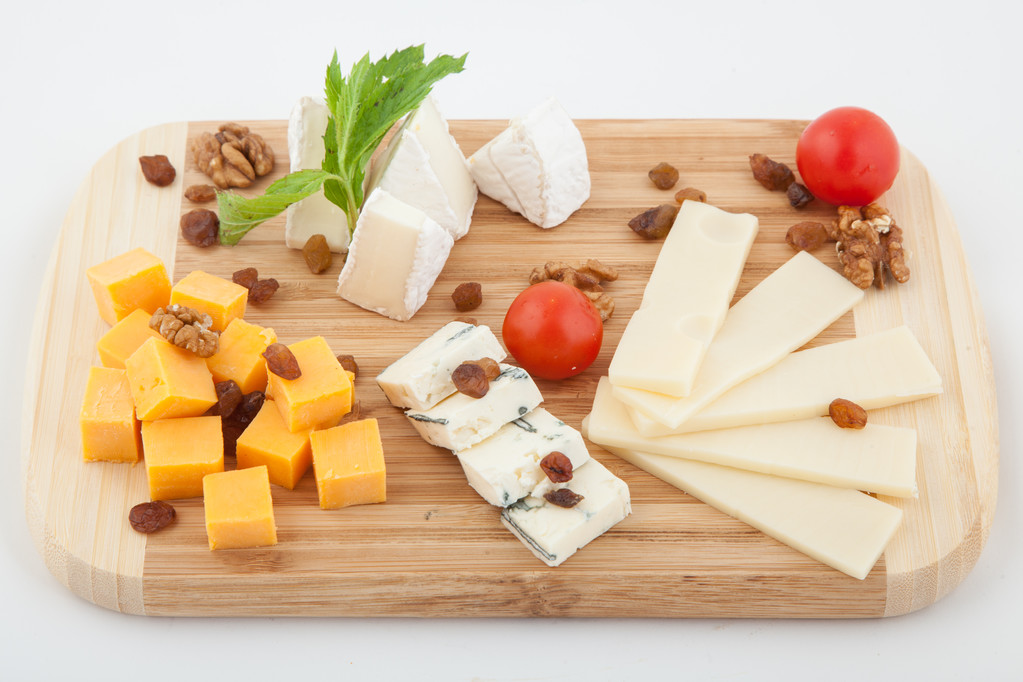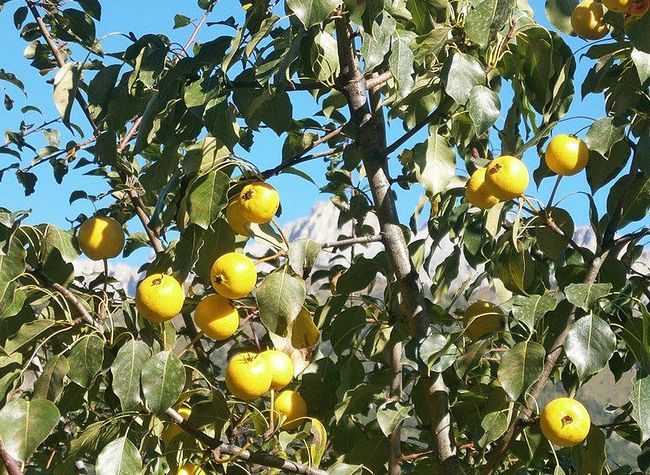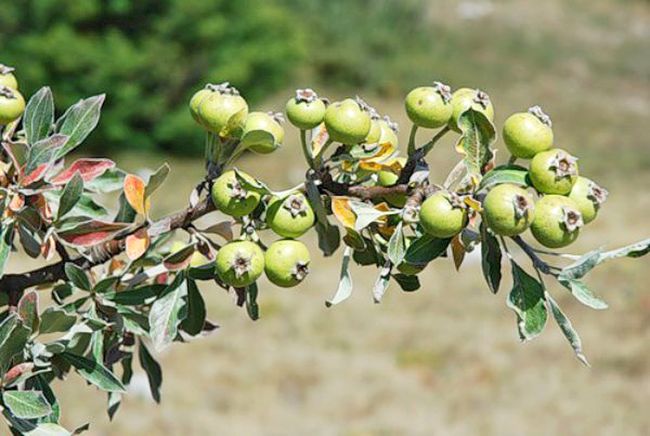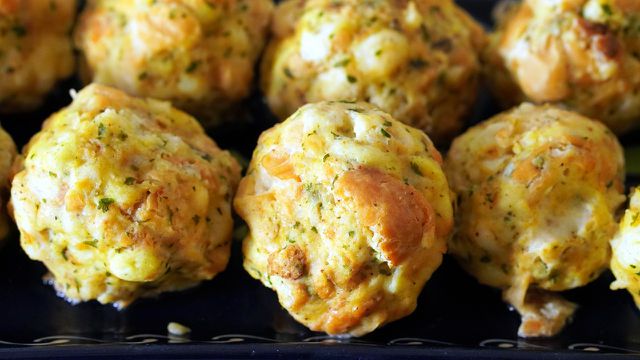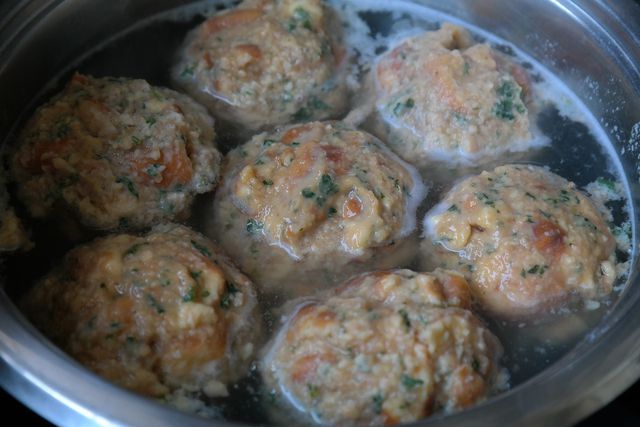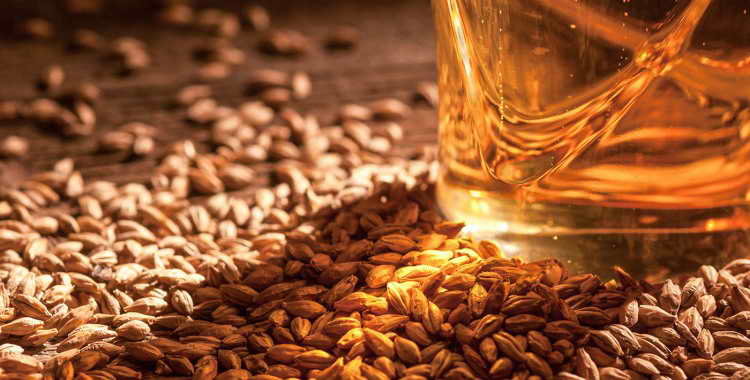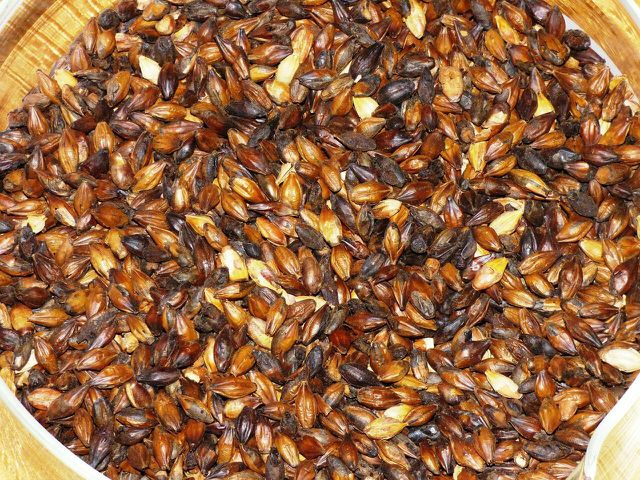Grilling healthy is not difficult at all: If you are creative and open to new things, you will have many great options – even without meat.
When it comes to grilling, most people think of sausages and steaks first. But it doesn’t always have to be (just) meat: There are also many other options for the barbecue party that are not only delicious, but also healthy. In the following you will find recipes for tasty grilled food and other tips on how to grill as healthily as possible in your own garden.
Grilling healthy: vegetarian and vegan grilled food
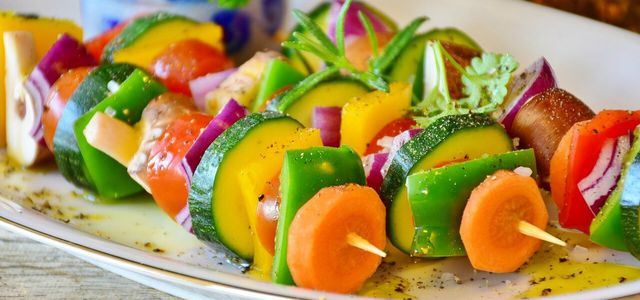
Grilling vegetarian or even vegan: For many meat lovers, that doesn’t sound appetizing at all. Meatless grilling is too often associated with dry corn on the cob or boring baked potatoes. There are now countless delicious options if you want to grill sustainably and healthily:
Try the classic: vegetable skewers! The colorful skewers are well known and popular. You can equip them according to your wishes. Just test yourself through your favorite vegetables, from mushrooms to peppers to zucchini. You can find four variants here: Grilling vegetable skewers: 4 vegetarian variants.
Peppers, courgettes and aubergines are not the only things that are suitable for healthy grilling. You can also throw some more unusual vegetables on your grid and grill them healthy. For example, try grilled fennel, grilled asparagus or grilled stuffed mushrooms.
A very important tip for vegetarian or vegan grilled food is the marinade. Because this is not only crucial for steaks, but also for vegetables. You can find a recipe here: Marinate grilled vegetables: This recipe is really tasty.
If you are a fan of potatoes in any form, you should not forget them at your healthy barbecue. By the way, you can not only grill conventional potatoes, but also grill sweet potatoes, for example.
Grilled cheese is also great for vegetarian barbecues. When buying dairy products, make sure that they are organic if possible. In this way you not only support more species-appropriate animal husbandry, but also do something for your own health by avoiding chemical-synthetic pesticides. Also read: Grilling feta: 2 delicious recipes.
Fancy a sweet dessert? No problem! You can grill not only vegetables, but also healthy fruit.
Side dishes for a healthy barbecue evening
Matching side dishes for the barbecue should not be missing at the barbecue evening. These include delicious dips and homemade salads. You can find links to the best recipes for healthy grilling here:
Recipes for salads:
Vegan Potato Salad
Vegan pasta salad
Vegetarian Layered Salad Recipe
Couscous Salad
lentil salad
Party Salad
Tip: Of course, enough bread for grilling is also included. For example, you can bake a fresh baguette yourself. Herb baguette or spelled baguette are also great side dishes.
Healthy grilling with meat
If you don’t want to completely do without fish and meat when grilling, you should consider a few points to grill more healthily:
Buy meat with an organic seal. Avoid the cheap meat from the supermarket.
Support butchers in your region.
Try to reduce your meat consumption and if possible not eat meat every day.
You should also be picky about fish. You can find important tips here: Eating fish: You should definitely keep this in mind.
Tip: Meat substitutes are controversial because of the many additives, but if you like meat and really don’t want to eat it anymore because of animals and the environment, you can consider trying meat-free alternatives instead.
Grilling healthy and sustainable: important tips
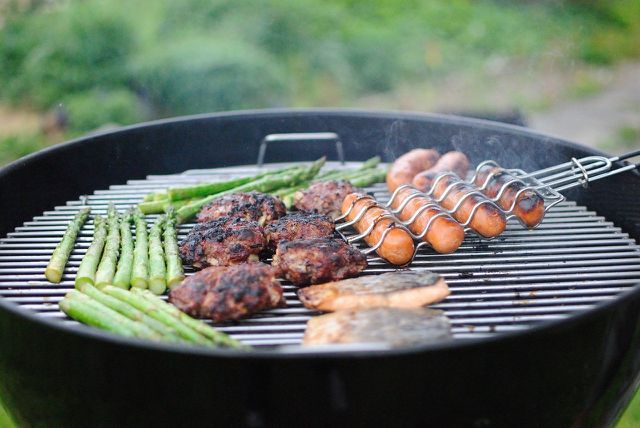
Healthy grilling isn’t just about the right food. You should also keep a few general tips in mind:
For healthy grilling, be careful not to drip marinade or other liquids onto the hot charcoal: this can create potentially carcinogenic smoke. You should therefore use metal skewers for vegetables – this way no whole pieces fall through the grate.
Grilling without aluminum foil is more sustainable and poses fewer health risks.
Protect yourself from the heat emitted by the grill. Do not touch the grilled food with your bare hands to avoid burning yourself. Use grill tongs and preferably a grill apron to keep you healthy.
Be careful when using a gas grill. Make sure the surface is stable and only use it outdoors.
If you want to buy a new grill, you should think about an electric grill. This not only saves you time, but also avoids the formation of toxic smoke.
In the best case, you not only grill healthy, but also sustainably. For example, use local charcoal, natural grill lighters and avoid disposable crockery and cutlery.



